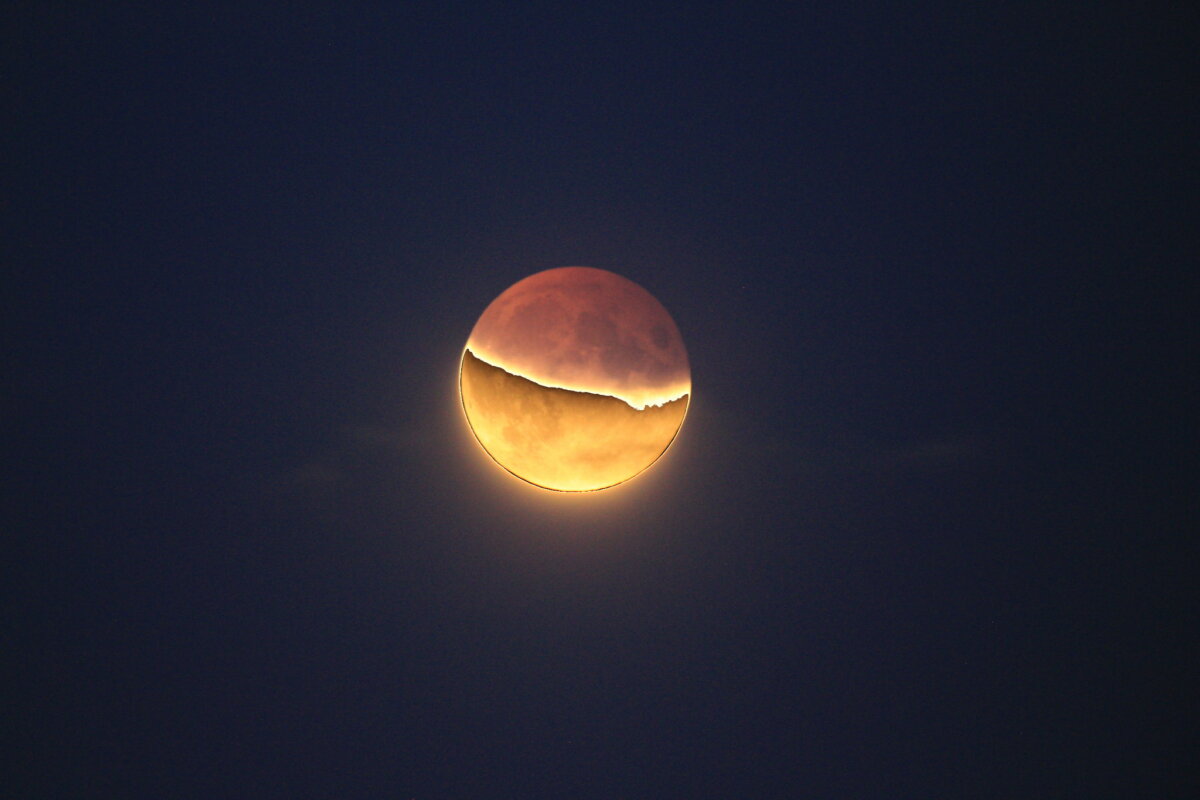2021 saw many exciting astronomical events from rare comets to meteor showers.
2022 brings two lunar eclipses and many annual meteor showers with the first meteor shower of 2022 coinciding with the new moon.
2022 Astronomical Calendar
You may use the calendar to plan your trip to dark sky areas for better chances of viewing meteor showers.
January
- January 2 | New Moon
- January 2-3 | Quadrantid Meteor Shower – Named for a now-obsolete constellation called the Quadrans Muralis, the Quadrantids originate from an asteroid 2003 EH1. This annual shower usually runs from the end of December to the second week of January.
- January 17 | Full Moon also called Wolf Moon
February
- February 1 | New Moon
- February 16 | Full Moon also called Snow Moon
March
- March 2 | New Moon
- March 18 | Full Moon also called Worm Moon
April
- April 1 | New Moon
- April 16 | Pink Moon
- April 22-23 | Lyrid Meteor Shower – The Lyrid meteor shower occurs when Earth passes through the cloud of debris left in the orbit of Comet Thatcher(C/1861 G1)
- April 30 | Partial Solar Eclipse – Visible from southern South America, parts of Antarctica, and over the Pacific and Atlantic Oceans. The eclipse is not visible in Canada.
- April 30 | New Moon. This new moon is also a ‘Black Moon’ as it is the second new moon of the month.
May
- May 5-6 | Eta Aquarid Meteor Shower – Originating from the debris of Comet Halley, the Eta Aquarids occurs annually between April 19 and May 28. The showers are named after, Eta Aquarii, the brightest star of the Constellation Aquarius, its apparent radiant point.
- May 15–16, 2022 | Total Lunar Eclipse – visible from North and South America.
- May 16 | Full Moon also called Flower Moon, also a supermoon
- May 30 | New Moon
June
- June 14 | Full Moon also called Strawberry Moon, , also a supermoon
- June 29 | New Moon
July
- July 13 | Full Moon also called Buck Moon, also a supermoon
- July 28 | New Moon
- July 29 – 30 | Southern Delta Aquarid Meteor Shower – These faint showers are active from mid-July to late-August and are believed to originate from comet 96P/Machholz. The radiant point of Delta Aquariids appears to come from the constellation Aquarius, the shower is named after the third brightest star within the constellation called Delta.
August
- August 12 | Full Moon also called Sturgeon Moon, also a supermoon
- August 11 – 13 | Perseid Meteor Shower – Occurring annually from mid-July to mid-August, the Perseid Meteor Shower occurs when the debris cloud of comet Swift-Shuttle hits Earth’s atmosphere. The showers are so-called because they appear to originate from the constellation Perseus.
- August 27 | New Moon
September
- September 10 | Full Moon also called Harvest Moon
- September 25 | New Moon
October
- October 8–10 | Draconids Meteor Shower
- October 9 | Full Moon also called Hunter’s Moon
- October 20–21 | Orionids Meteor Shower
- October 25, 2022 | Partial Solar Eclipse – This solar eclipse is not visible in Canada.
- October 25 | New Moon
November
- November 8 | Full Moon also called Beaver Moon
- November 8 | Total Lunar Eclipse – Visible over the Pacific and most of North America.
- November 17 to 21 | Leonids Meteor Shower – Associated with the comet Tempel–Tuttle, Leonids appear to originate from the constellation Leo.
- November 23 | New Moon
December
- December 8, 2022 | Full Moon also called Cold Moon
- December 8 | Mars at Opposition, meaning Mars is on the opposite side of Earth from the Sun and it will be only 38.6 million miles from Earth. This is the best time to see Mars in 2022.
- December 13 – 14 | Geminid Meteor Shower – These annual showers, caused by asteroid 3200 Phaethon, are named thus since the showers appear to radiate from a point in the constellation Gemini.
- December 22–23, 2022 | Ursids Meteor Shower – Associated with the 8P/Tuttle comet, these showers are active from December 17 to 24 and seem to radiate from the direction of the constellation Ursa Minor in the sky.
- December 23, 2022 | New Moon





